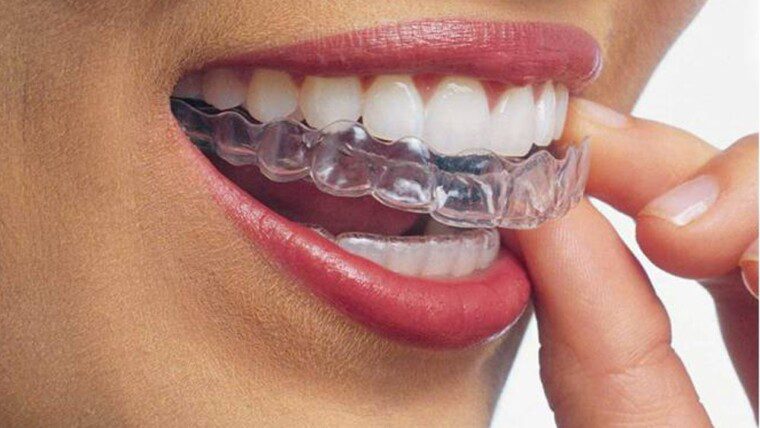The term ‘invisible braces’ isn’t as straightforward as it might seem due to the evolving landscape of orthodontic treatments.
In today’s world, the demand for orthodontic solutions with a less conspicuous appearance is on the rise. The traditional image of braces, with visible wires and brackets, often overshadows these innovative options. Invisible braces encompass various orthodontic treatments, including clear aligners, such as Invisalign, and lingual braces. These modern choices provide a discreet path to a straighter smile.
Clear Aligners (Invisalign): Clear aligners, particularly Invisalign, have gained immense popularity because of their almost invisible appearance. These custom-made trays gradually shift your teeth as you progress through the treatment plan. Your orthodontist creates these trays based on molds of your teeth, whether from a 3D scan or putty impressions.
However, wearing clear aligners comes with responsibility. You’ll need to wear them for 20-22 hours a day and remove them when eating or drinking anything except water. Despite the commitment, clear aligners offer a fantastic option for those desiring discreet teeth straightening, and they are particularly suitable for minor to moderate orthodontic issues. Keep in mind that complex cases or surgical requirements may necessitate alternative treatments.
Lingual Braces (Damon Braces): Lingual braces, sometimes referred to as Damon braces, closely resemble traditional metal braces. The key distinction is that they are affixed to the inner surfaces of your teeth. Orthodontists have introduced lingual braces to cater to the increasing number of adults seeking orthodontic treatments.
Lingual braces function similarly to traditional braces but come with some differences. Their most significant advantage is their near-invisibility from the outside. However, because they are positioned inside your mouth, some individuals may experience challenges with comfort and speech.




